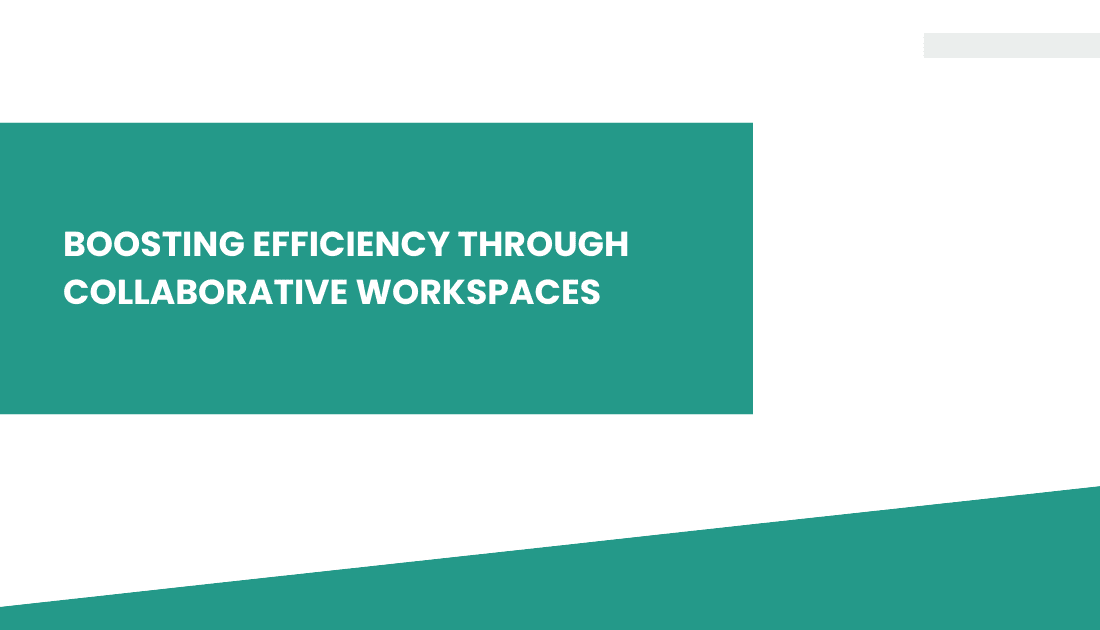In today’s interconnected and dynamic work environment, collaborative working has emerged as a key driver of success and innovation. By harnessing the collective power of diverse talents, skills, and perspectives, organizations are unlocking new possibilities and achieving remarkable outcomes.
Collaborative working fosters effective teamwork, where individuals come together to share ideas, knowledge, and resources to accomplish shared goals. This collaborative approach not only enhances productivity and creativity but also cultivates a positive work culture built on trust, respect, and mutual support.
In this article, I will explore the transformative impact of collaborative working and delve into strategies to create an environment where collaboration thrives naturally.
What is Collaborative Working?
Collaboration refers to the process of individuals or groups working together, combining their skills, knowledge, and resources to achieve a common goal or objective.
It involves the active participation, cooperation, and coordination of multiple stakeholders, who share responsibilities and contribute their unique perspectives and expertise.
Collaborative working often entails open communication, information sharing, and mutual respect, creating an environment where ideas can be exchanged, problems can be solved collectively, and decisions can be made collaboratively.
By leveraging the strengths of each individual and fostering synergy, collaborative working enables teams to achieve outcomes that are often beyond what could be accomplished individually.
Ultimately, collaborative working is a powerful approach that drives innovation, enhances productivity, and fosters a sense of unity among those involved.
What are the Benefits of Collaborative Working?
Collaborative working plays a crucial role in numerous aspects of personal, professional, and organizational success. Here are some key reasons highlighting the benefits of collaboration:
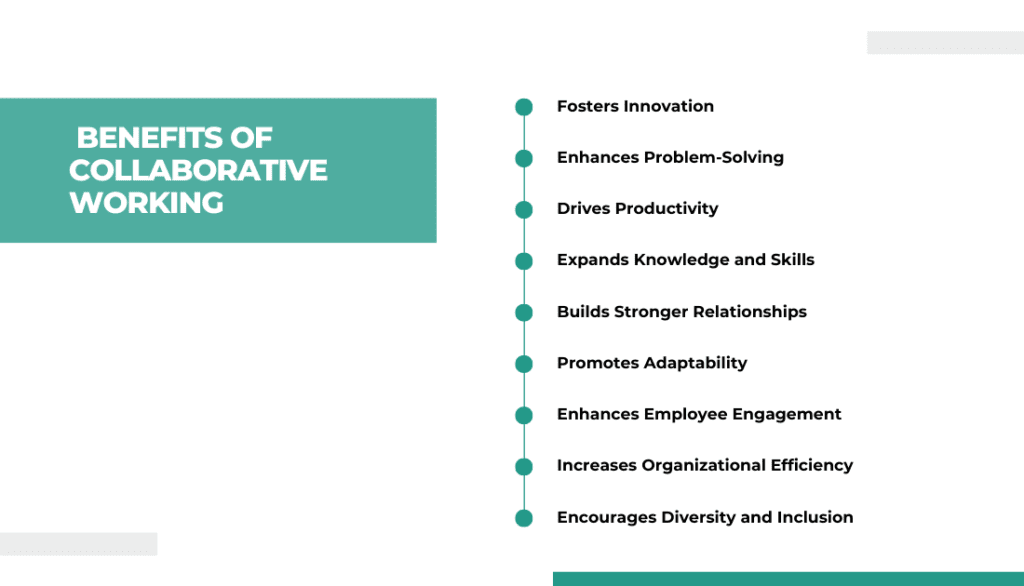
Fosters Innovation
Collaboration brings together diverse perspectives, experiences, and expertise, sparking creativity and fueling innovation. By combining different ideas and insights, collaborative teams can generate novel solutions and breakthrough concepts.
Enhances Problem-Solving
Collaborative working efforts facilitate comprehensive problem-solving by leveraging the collective intelligence of a team. Collaborators can analyze challenges from different angles, share knowledge, and collectively develop effective solutions.
Drives Productivity
Collaboration allows for the division of tasks, enabling team members to work on different aspects simultaneously. This synergy leads to increased efficiency, faster project completion, and higher overall productivity.
Expands Knowledge and Skills
Through collaborative working, individuals have the opportunity to learn from others, share their expertise, and expand their knowledge and skills. This continuous learning environment enhances personal and professional growth.
Builds Stronger Relationships
Collaboration fosters a sense of camaraderie, trust, and mutual respect among team members. Building strong relationships promotes effective communication, teamwork, and a positive work culture.
Promotes Adaptability
Collaborative teams are more adaptable to change. By pooling diverse perspectives and experiences, they can better navigate challenges, seize opportunities, and adjust strategies in response to evolving circumstances.
Enhances Employee Engagement
Collaboration promotes a sense of ownership and involvement among team members, increasing their engagement and job satisfaction. When individuals feel valued and actively contribute to a collaborative environment, their motivation and commitment levels rise.
Increases Organizational Efficiency
Collaboration across departments or teams improves coordination, information sharing, and decision-making within an organization. This results in streamlined processes, reduced duplication of effort, and overall increased efficiency.
Encourages Diversity and Inclusion
Collaborative working embraces diversity and fosters inclusivity by bringing together individuals with different backgrounds, perspectives, and skills. This diversity promotes innovation, creativity, and a richer exchange of ideas.
Steps to Foster Effective Teamwork for Collaborative Work Environment
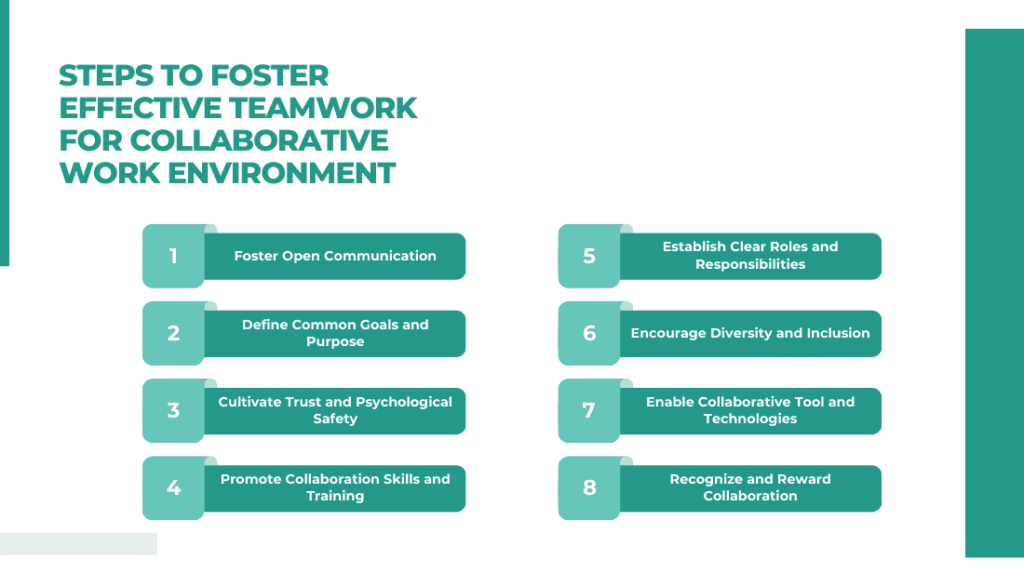
In today’s fast-paced and interconnected world, organizations recognize the value of a collaborative work environment in driving innovation, enhancing productivity, and achieving shared goals.
Here are the steps involved in building a collaborative work environment:
Foster Open Communication
- Establish transparent communication channels that encourage dialogue and information sharing.
- Promote active listening and create opportunities for team members to express their thoughts, ideas, and concerns.
- Implement tools and platforms that facilitate real-time collaboration and seamless communication.
Define Common Goals and Purpose
- Clearly articulate the organization’s mission, vision, and values to create a shared sense of purpose.
- Involve team members in defining common goals and objectives that align with the organization’s vision.
- Ensure that everyone understands how their individual contributions contribute to the overall success of the team and organization.
Cultivate Trust and Psychological Safety
- Encourage trust-building activities and team-building exercises that foster mutual respect and understanding.
- Recognize and celebrate individual and team achievements to boost morale and create a supportive environment.
- Establish psychological safety, where team members feel safe to take risks, share ideas, and express their opinions without fear of judgment or retribution.
Promote Collaboration Skills and Training
- Provide training and workshops on effective collaboration techniques, such as active listening, conflict resolution, and negotiation.
- Foster a culture of continuous learning by encouraging employees to enhance their collaboration skills through professional development opportunities.
- Create cross-functional teams and projects that allow individuals to collaborate with colleagues from different departments and backgrounds.
Establish Clear Roles and Responsibilities
- Define roles and responsibilities within teams to ensure clarity and avoid confusion.
- Encourage collaboration by assigning tasks that require the expertise and input of multiple team members.
- Foster a sense of shared ownership and accountability for team outcomes.
Encourage Diversity and Inclusion
- Embrace diversity by creating a work environment that values and respects different perspectives, backgrounds, and experiences.
- Foster an inclusive culture where all team members feel empowered to contribute their unique insights and ideas.
- Actively seek diverse viewpoints during decision-making processes to drive innovation and avoid groupthink.
Enable Collaborative Tool and Technologies
- Invest in collaboration tools and technologies that facilitate seamless communication, file sharing, and project management.
- Implement project management platforms that enable teams to collaborate in real-time, track progress, and manage tasks efficiently.
- Provide access to virtual meeting tools to support remote collaboration and bridge geographical barriers.
Recognize and Reward Collaboration
- Implement a reward and recognition system that acknowledges and celebrates collaborative achievements.
- Encourage peer-to-peer recognition and create opportunities for teams to showcase their collaborative successes.
- Foster a culture of collaboration by recognizing collaboration as a valued competency during performance evaluations and promotions.
How Companies Can Build Collaborative Work Culture Using Onethread?
Building a collaborative work culture using Onethread, or any collaboration platform, requires a strategic approach that involves both technology implementation and cultural initiatives. Here are some steps that companies can take to foster a collaborative work culture using Onethread:
- Establish Clear Objectives: Define specific goals and objectives for using Onethread, such as improving communication, sharing ideas, or streamlining project management. Clear objectives provide direction and purpose for employees to engage with the platform.
- Create Open Channels: Designate channels for different departments, projects, or topics, ensuring that discussions are organized and accessible to relevant team members. Encourage employees to participate actively in discussions and share their insights.
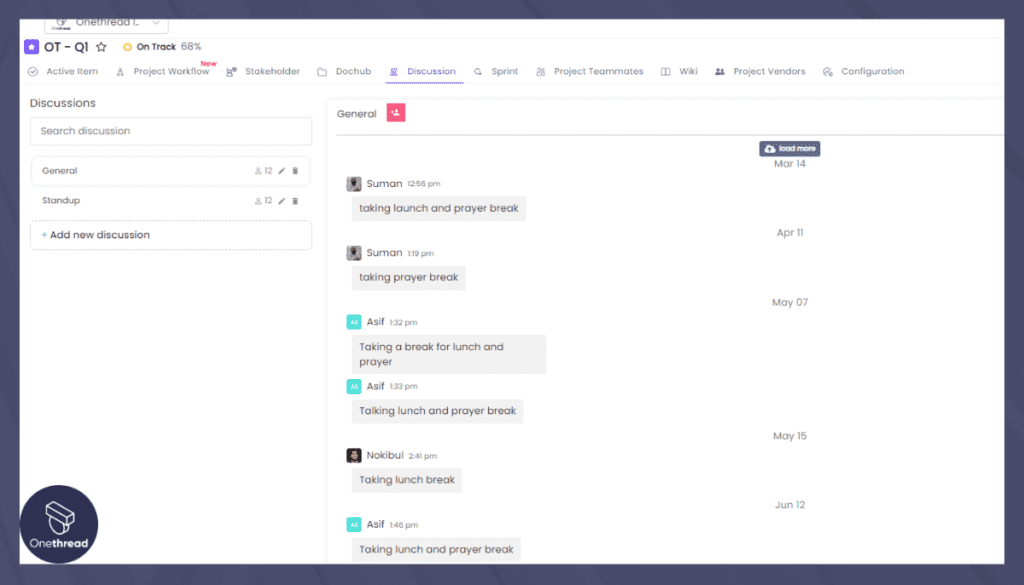
- Encourage Feedback: Foster a culture where feedback is welcomed and valued. Encourage employees to share their thoughts on the platform and respond constructively to others’ contributions.
- Recognize and Reward Collaboration: Implement a recognition system that acknowledges employees who actively collaborate and contribute to the success of collaborative projects. This can be done through praise, rewards, or other forms of acknowledgment.
- Facilitate Virtual Meetings: Onethread can be used to schedule and conduct virtual meetings. Encourage teams to have regular virtual meetings to discuss progress, address challenges, and brainstorm ideas, strengthening team dynamics.
- Emphasize Inclusivity: Ensure that all team members have equal opportunities to participate and contribute. Avoid creating hierarchies on the platform and promote a sense of inclusivity and psychological safety.
- Document and Share Knowledge: Use Onethread as a repository for knowledge-sharing. Encourage employees to document processes, best practices, and lessons learned, making it easier for others to learn from past experiences.
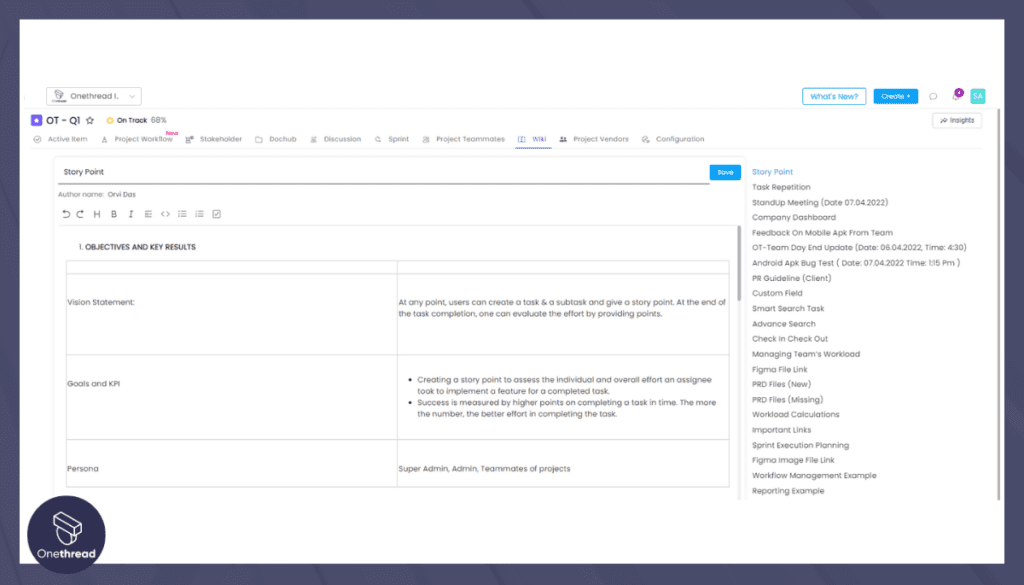
- Monitor Engagement: Keep track of platform usage and engagement metrics to identify areas where collaboration can be further improved. Use this data to refine strategies and address any challenges.
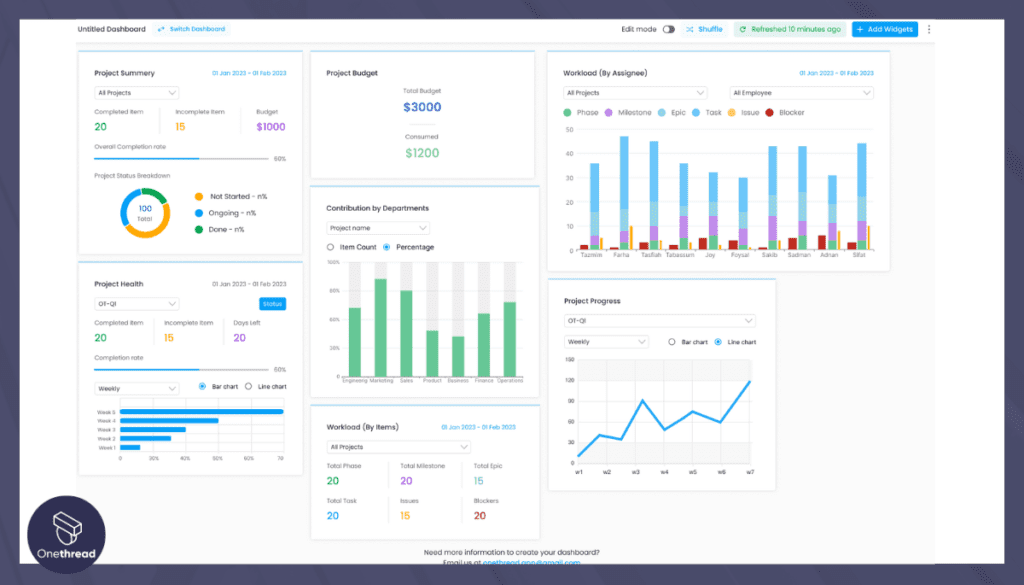
9. Continuous Improvement: Continuously seek feedback from employees about their experience with Onethread and the collaborative work culture. Use this feedback to make necessary adjustments and improvements over time.
Conclusion
Building a collaborative working environment requires a combination of effective processes, a supportive culture, and a commitment to teamwork.
By implementing the bullet points discussed, organizations can unlock the full potential of collaboration and reap the numerous benefits it offers.
Embracing collaborative working fosters innovation, drives productivity, and creates a thriving work environment where individuals and teams can flourish. Together, let’s harness the power of collaboration and propel our organizations towards success.
